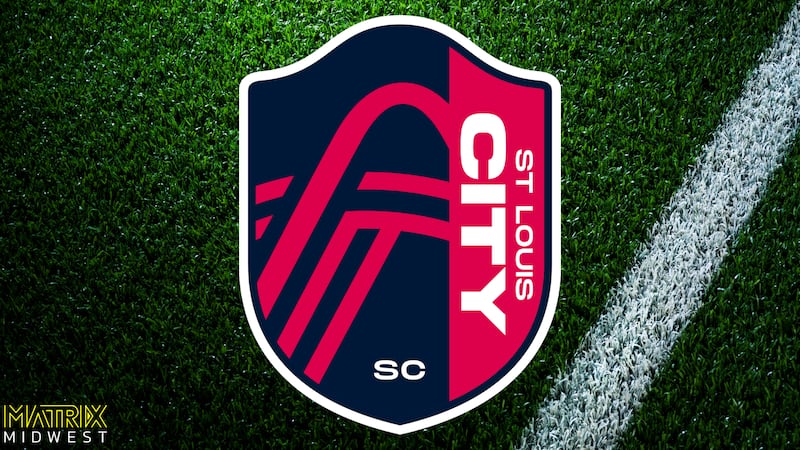Archaeologists dig into Brooklyn, look at historic Black community
Active dig focuses on the Black community founded before Civil War
BROOKLYN, Ill. (First Alert 4) - Piles of dirt have popped up near one intersection in Brooklyn -- it’s not a new development -- it’s a project searching for evidence of the village’s early founders.
The team of archaeologists, all tied to the Illinois State Archaeological Survey (ISAS), are working with local leaders in Brooklyn to document evidence of the 19th century settlement.
These scientists are documenting the remains of structures which stood in the area in the 1830-40s. Oral history and local knowledge led archaeologists to search for the remains of a cellar and other structures over the past two decades, according to dig site experts.
The history of Brooklyn and the archaeological record have been the focus of a project in recent years from the ISAS.
Brooklyn, Illinois, holds a unique distinction -- being the “oldest known Black town” in the United States, according to markers erected by the Brooklyn Historical Society.
These archaeologists hope that by finding evidence of former structures in the soil, and hopefully artefacts from the period, they can better document history that may not have made it’s way into textbooks, according to people familiar with the dig.
Present day Brooklyn’s origins date back to a site in the northern part of the town -- the Brooklyn Historical Society says oral histories document a freedom village being founded about 1830 by free Black people.
Oral history recounts how Priscilla “Mother” Baltimore led 11 African-American families -- some of free people of color and others fugitive slaves -- into the area. As time ed, the community became active in the famous Underground Railroad, helping fugitive slaves reach friendlier states.
A commemorative marker states that not only “is Brooklyn the only remaining early African-American settlement out of three established in Southern Illinois before the Civil War, it is the oldest black town in America, and the first incorporated black town in America.”
The archaeologists hope the evidence they find will help bring more attention to this history -- and perhaps get the freedom village marked on the National of Historic Places, according to people at the dig.
The team working in Brooklyn this week welcomes visitors, and is happy to explain more of the work they’re performing in the area.
ARCHAEOLOGICAL DIGS
The Society for American Archaeology describes fieldwork as a very deliberate and specific scientific process. While the worksites are known as digs – experts actually use small trowels more often. By carefully scraping away layers of soil to uncover what’s beneath.
These test units, or colloquially known as “holes,” in the ground are deliberately chosen to carefully document and organize the operations of the archaeological dig, the SAA website explains.
Also, the dig sites are chosen based on what kind of questions the archaeologist is trying to answer, which can also affect timing and length of the dig.
“An archaeological predictive model is a tool that indicates the probability that an archaeological site exists in a certain area,” the SAA website states. “It helps determine where archaeologists look for sites based on factors like distance from water, ground steepness, soil type, and other factors that influence where people settle or perform certain tasks.”
Despite what you may see in Indiana Jones films, the archaeologists take a painstaking amount of time marking, categorizing, specifying and documenting where exactly each minute artefact was discovered, according to SAA documents.
“This includes not just the artifacts recovered, but also the associated information and records. This includes soil samples, field notes, maps, photographs, drawings, and related historical documents. Archaeologists follow strict guidelines and procedures for cleaning, labeling, cataloguing, and storing objects.”
Avery Martinez covers water, ag & the environment for First Alert 4. He is also a Report for America corps member. RFA places talented, emerging journalists in newsrooms to report on under-covered issues and communities. Report for America is an initiative of The GroundTruth Project, an award-winning nonprofit journalism organization dedicated to rebuilding journalism from the ground up.
Copyright 2024 KMOV. All rights reserved.













